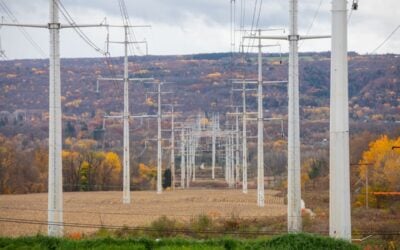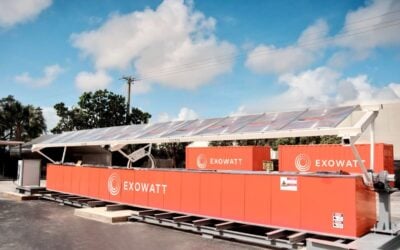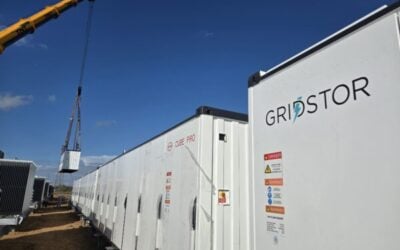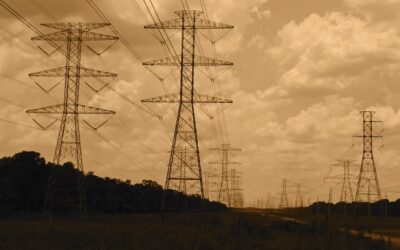
The non-profit Energy Policy Design Institute (EPDI) has launched the Virtual Power Plant (VPP) Convergence Project, with an advisory group that includes Jigar Shah, former director of the US Department of Energy’s Loan Programs Office.
EPDI states that the goal of the VPP Convergence Project isn’t to advocate for specific policies, but to help public utility commissions “cut through the noise” and make informed, evidence-based decisions.
To achieve this goal, the project will publish resources and tools specifically designed to advance virtual power plants.
EPDI says that there are two main problems to advancing VPP policy:
Try Premium for just $1
- Full premium access for the first month at only $1
- Converts to an annual rate after 30 days unless cancelled
- Cancel anytime during the trial period
Premium Benefits
- Expert industry analysis and interviews
- Digital access to PV Tech Power journal
- Exclusive event discounts
Or get the full Premium subscription right away
Or continue reading this article for free
“The problem is two-fold. First, as often happens with promising new technologies, virtual power plants are surrounded by a good amount of hype, in the regulatory arena and elsewhere.”
“Second, despite a profusion of reports and white papers, there’s often a step missing that would make these resources readily actionable by commissioners or staff. (You’re a public utilities commission staffer launching a new VPP program; where do you start?) As a result, the regulatory process around deploying VPPs moves glacially slowly, if at all,” the organisation explained.
VPPs can challenge the centralised electricity grid model that relies on large power stations. Many companies have developed VPP programmes, where solar PV systems or batteries are often provided for free or at a discount in exchange for helping to stabilise grid frequency and ensure reliability.
Instead of installing a single battery project lasting 1 to 4 hours at one site, creating a VPP involves coordinating many individual home battery systems to match that total capacity or duration.
However, while the technologies involved, including the aggregation of fleets of distributed energy resources (DERs) such as batteries for coordinated dispatch, have been proven through numerous pilot projects, the broader adoption of VPPs has been challenging to stimulate beyond a few congested nodes of regional power grids.
Since these programmes usually involve the customer owning the distributed energy resource, there is generally little financial motivation for an investor-owned utility (IOU) to select a VPP instead of a traditional resource.
From the VPP project designer’s perspective, it is often difficult to acquire customers, partly because it is hard to determine attractive compensation rates for participation and partly due to the general lack of awareness or customer reluctance to ‘share’ a home battery with their utility.
Utility Xcel Energy recently proposed building out a 200MW network of distributed battery storage systems at customers’ homes in Minnesota that would serve as a VPP to help the company manage the grid.
Even successful VPPs face significant challenges.
In September, California cut funding for its statewide Demand Side Grid Support (DSGS) distributed storage programme.
The DSGS programme reached 700MW of enrolled capacity in a relatively short period and, during a test event, reduced California’s net load.
Speaking with Energy-Storage.news Premium about that programme, Lauren Nevitt, Senior Director of Public Policy at Sunrun, noted that DSGS was the largest VPP in the country, “and probably the world.”
VPPs can be used to successfully meet demand and lower energy bills for customers, both of which continue to grow due to factors such as data centre development and ageing infrastructure.
Shah said of EPDI’s project, “The VPP Convergence Project offers a great opportunity to build credibility and clear, consistent communication with regulators, so utilities and consumers can fully benefit from VPPs.”





